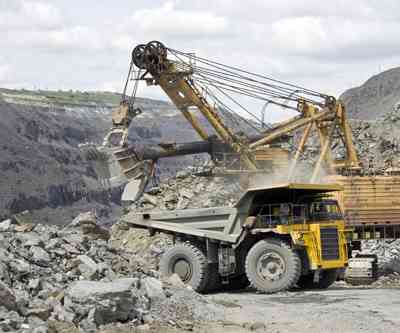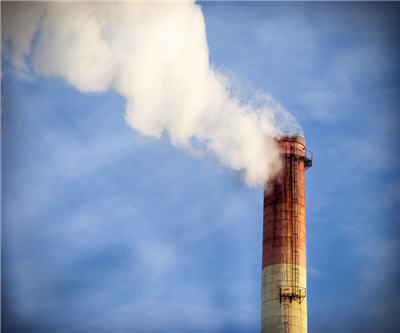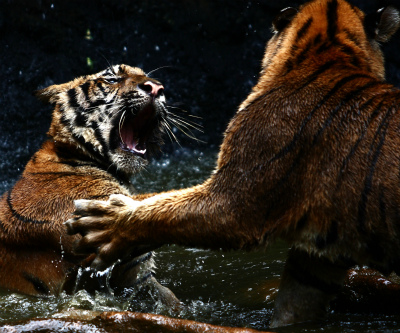Huckleberry minelife extended by 7 years
Imperial Metals (TSE:III) is extending its Huckleberry mine in northern British Columbia by 7 years.
The company said it plans to extend the Main zone pit and build a new tailings storage facility, which will keep the mine running until 2021, 7 years later than the previous plan to close the mine in 2014.
The pit is estimated to contain 39.7 million tonnes of ore grading 0.343% copper, with an overall strip ration of 1.46 to 1.
Since startup in 1997, the mine has produced an aggregate 870 million pounds of copper, 8 million pounds of molybdenum, and 105,000 ounces of gold and 3.4 million ounces of silver.









